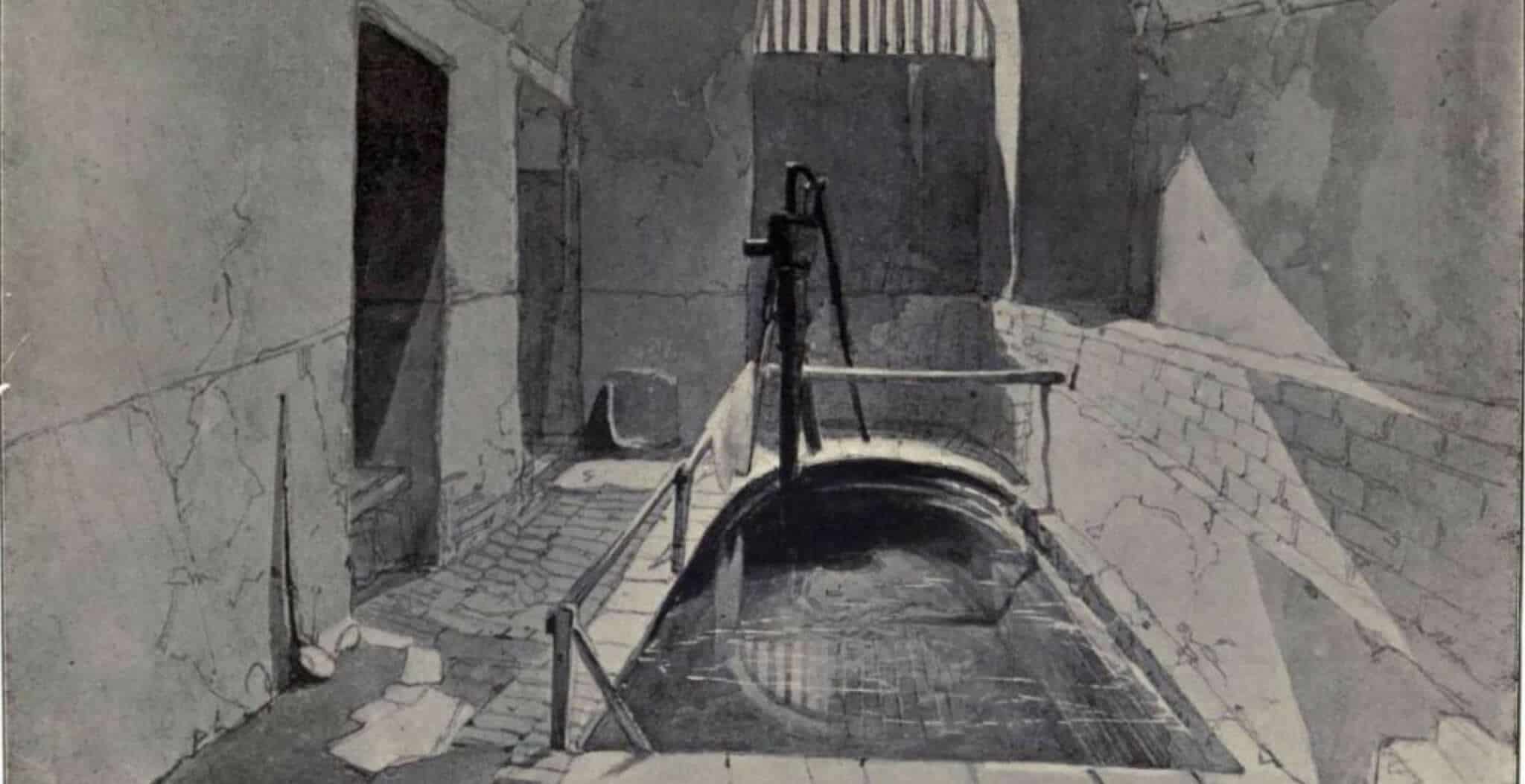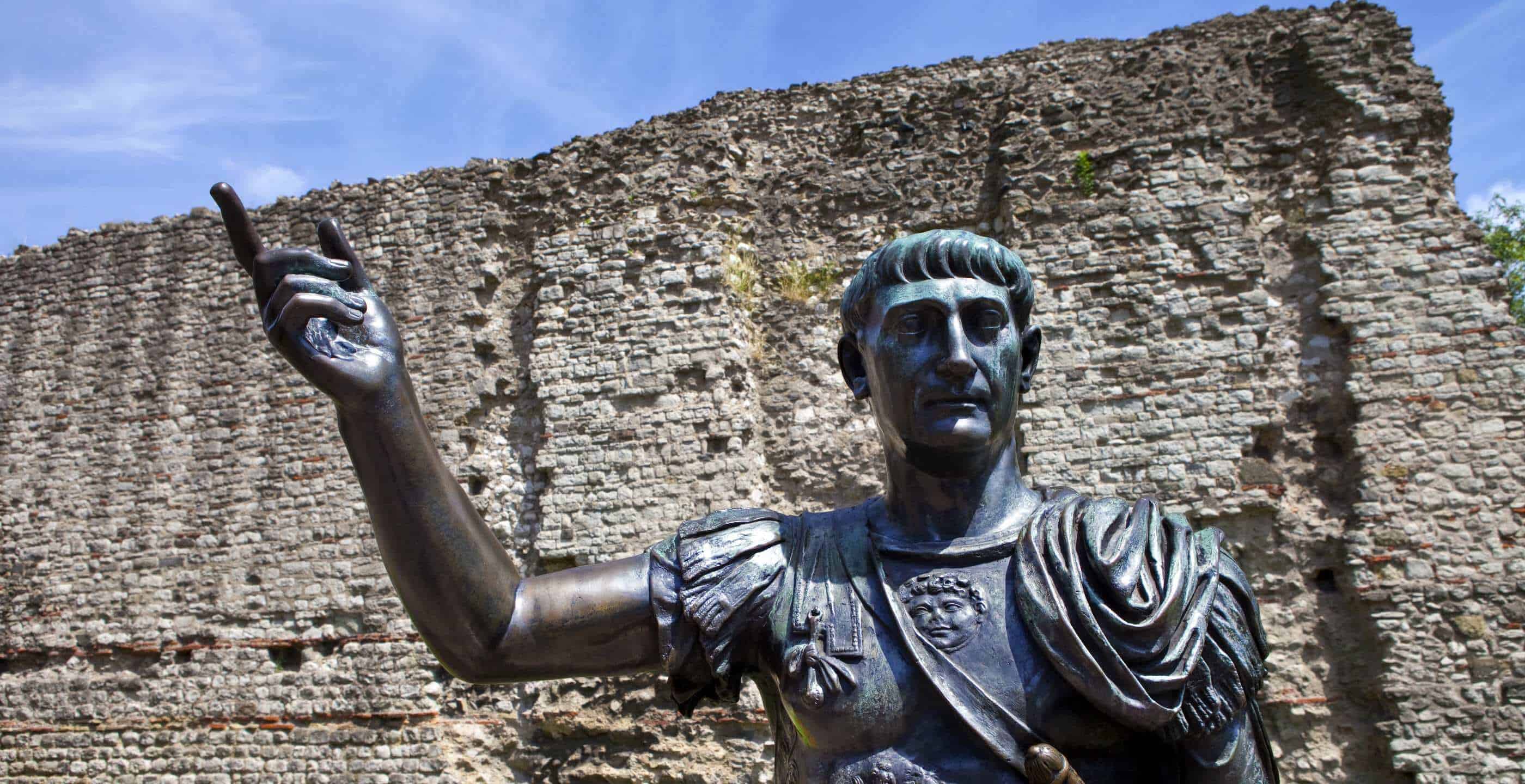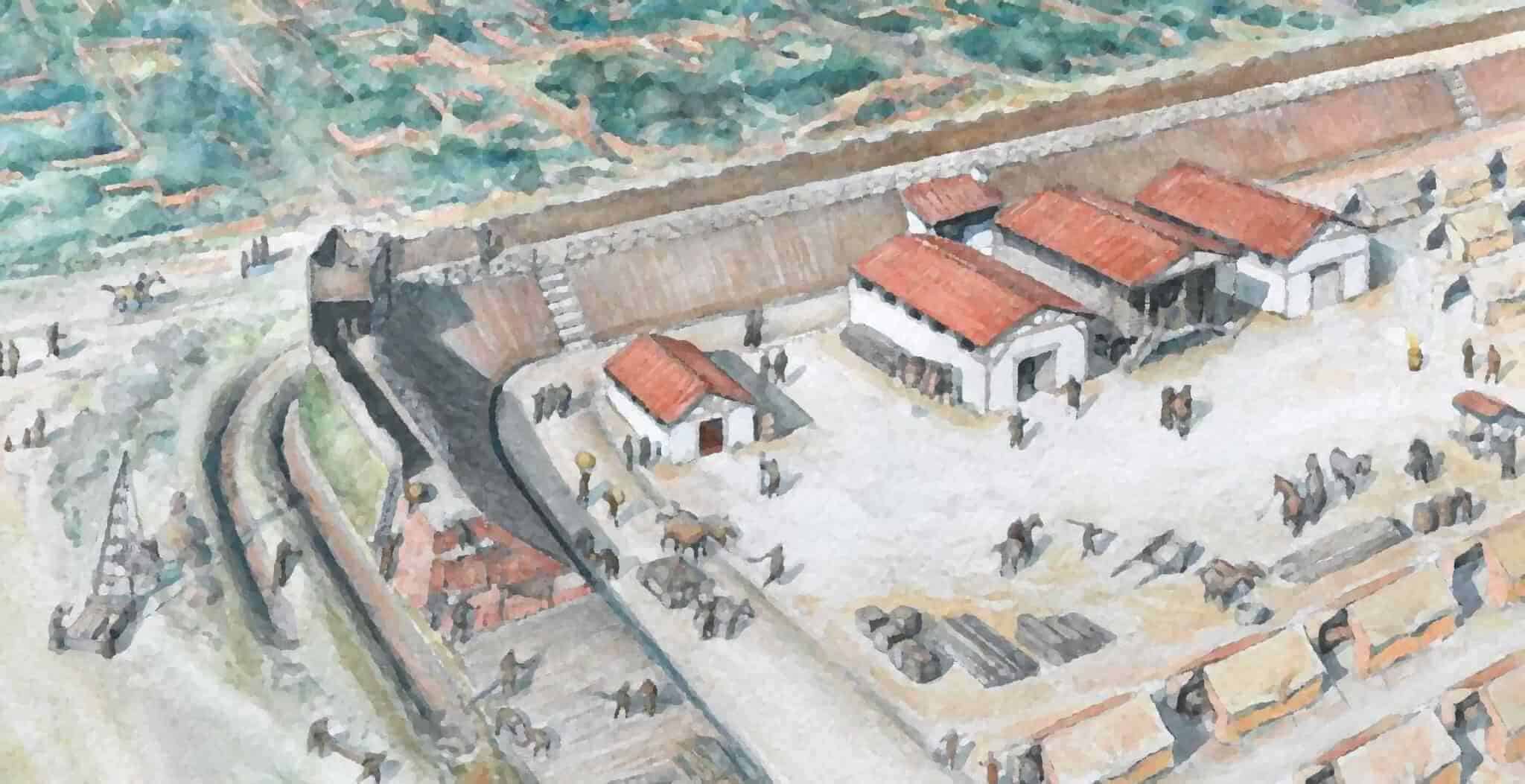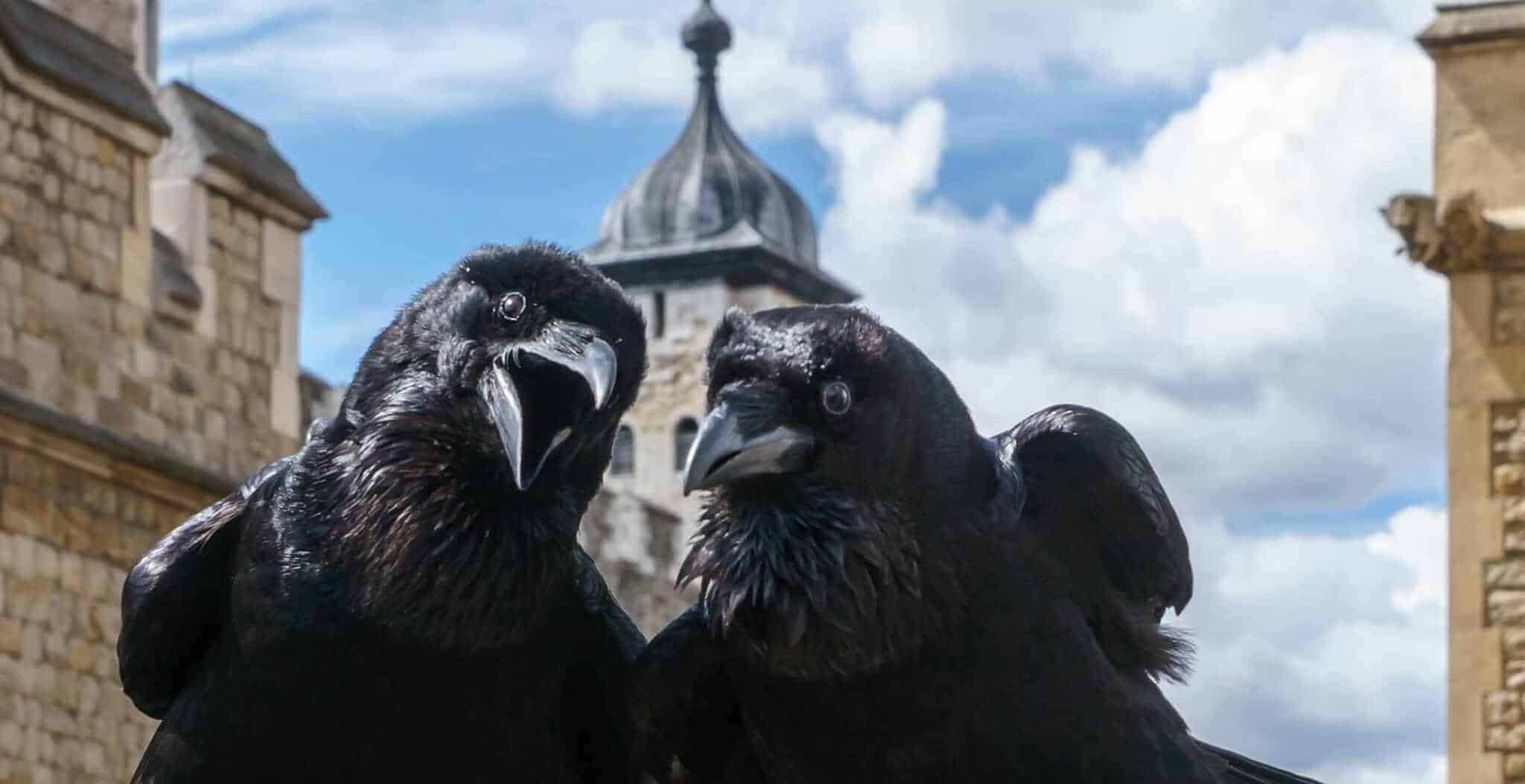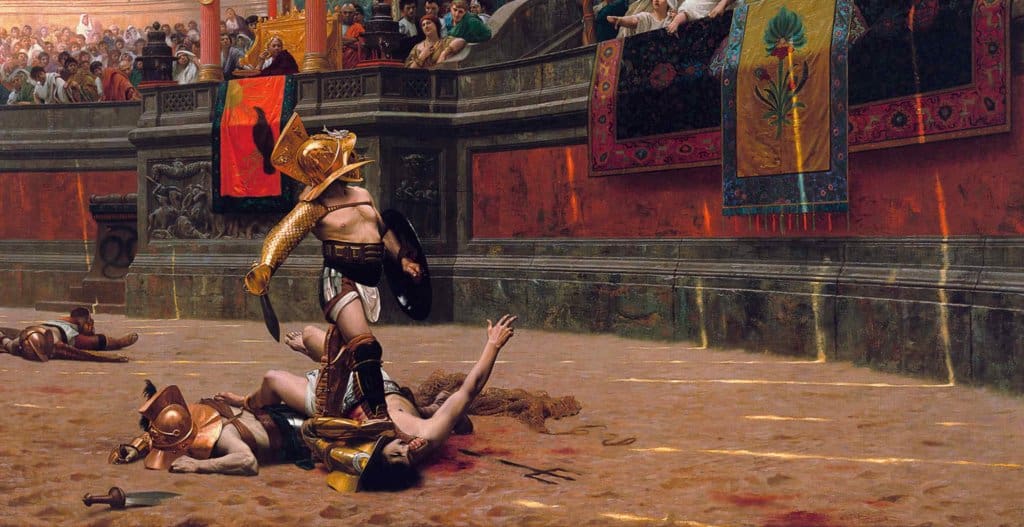During the post-war reconstruction of London, an archaeological treasure was found amongst all of the rubble and debris; the Roman Temple of Mithras.
‘Mithras’ was originally a Persian god, but was adopted by Rome as one of their own back in the first century AD. Legend has it that Mithras was born from a rock within a cave, had unnatural strength and courage, and once killed a divine bull in order to feed and water mankind forever more.
The story of Mithras resonated particularly strongly with Roman soldiers and troops based in Northern Europe, many of whom actively practiced a religion called the Mysteries of Mithras. The growth of this religion in the 2nd century AD prompted a temple to be built in London, the capital of Roman England at the time, and it remained an important religious centre until the late 4th century.
The temple itself was built relatively deep into the ground in order to give a ‘cave-like’ feeling, no doubt in reference to the origins of Mithras himself. Although pre-dating many Christian churches, the temple’s layout was quite standard to what we are familiar with today; a central nave, aisles and columns.
The temple was built on the banks of the now underground River Walbrook, a popular source of fresh water in Londinium. Unfortunately this positioning ultimately led to the temple’s downfall, as by the 4th century AD the structure was suffering from such terrible subsidence that the local congregation could no longer afford the upkeep. The temple subsequently fell into disrepair and was built over.
Fast forward 1,500 years to 1954…
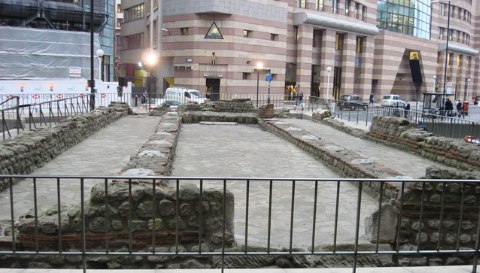
A photo of the temple as it was. Copyright Oxyman, licensed under the Creative Commons Attribution-ShareAlike 2.0 license.
After the terrible bombing of World War 2, the redevelopment of London was a national priority. When the redevelopment reached Queen Victoria Street in the City of London, it was immediately halted when the remains of what was thought to be an early Christian church was found. The Museum of London was called in to investigate.
A team from the museum soon realised that the temple was of Roman origins, a theory supported by the numerous artefacts that were found including a head of Mithras himself. Due to the archaeological significance of the find (but also due the fact that the site was due to be built on), the director of the museum ordered that the temple to be uprooted from its original site and moved 90 yards away in order to be preserved.
Unfortunately both the site chosen and the quality of the reconstruction was rather poor, and for the past 50 years the temple has been wedged between a main road and a rather unsightly office block!
This all changed in 2010, when Bloomberg purchased the original site of the temple and promised to re-house it in all of its previous glory. Working with the Museum of London, they have now provided a purpose built and publicly accessible space for the temple’s remains: https://www.londonmithraeum.com
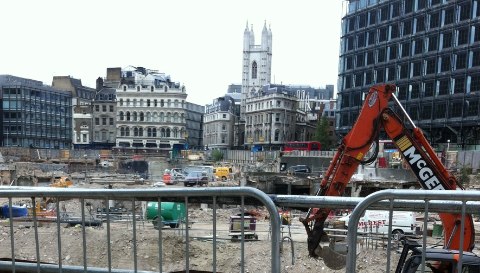
A photo of the redevelopment work (taken 24th August 2012).
Looking to visit the Temple of Mithras and other Roman sites in the Capital? We recommend this private walking tour which also includes stops at a number of other Roman sites throughout central London.



